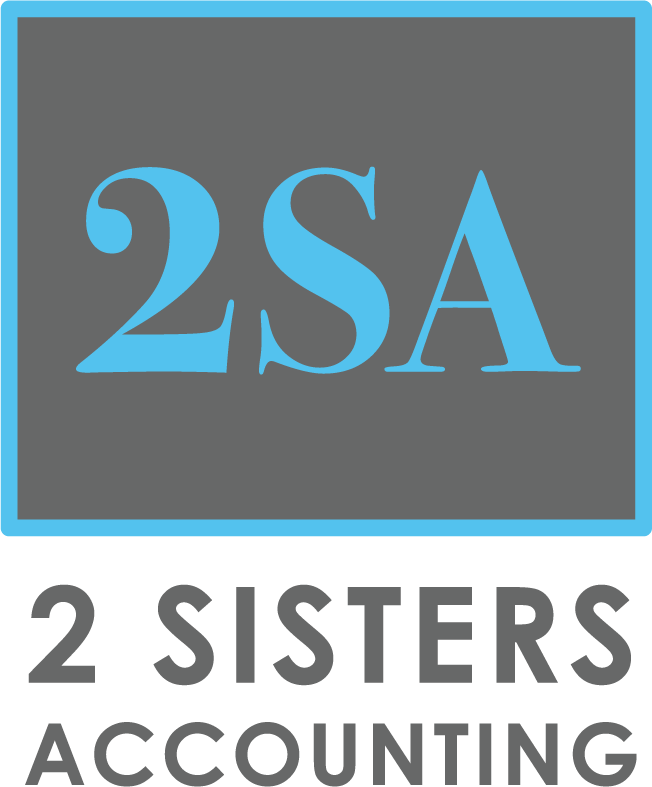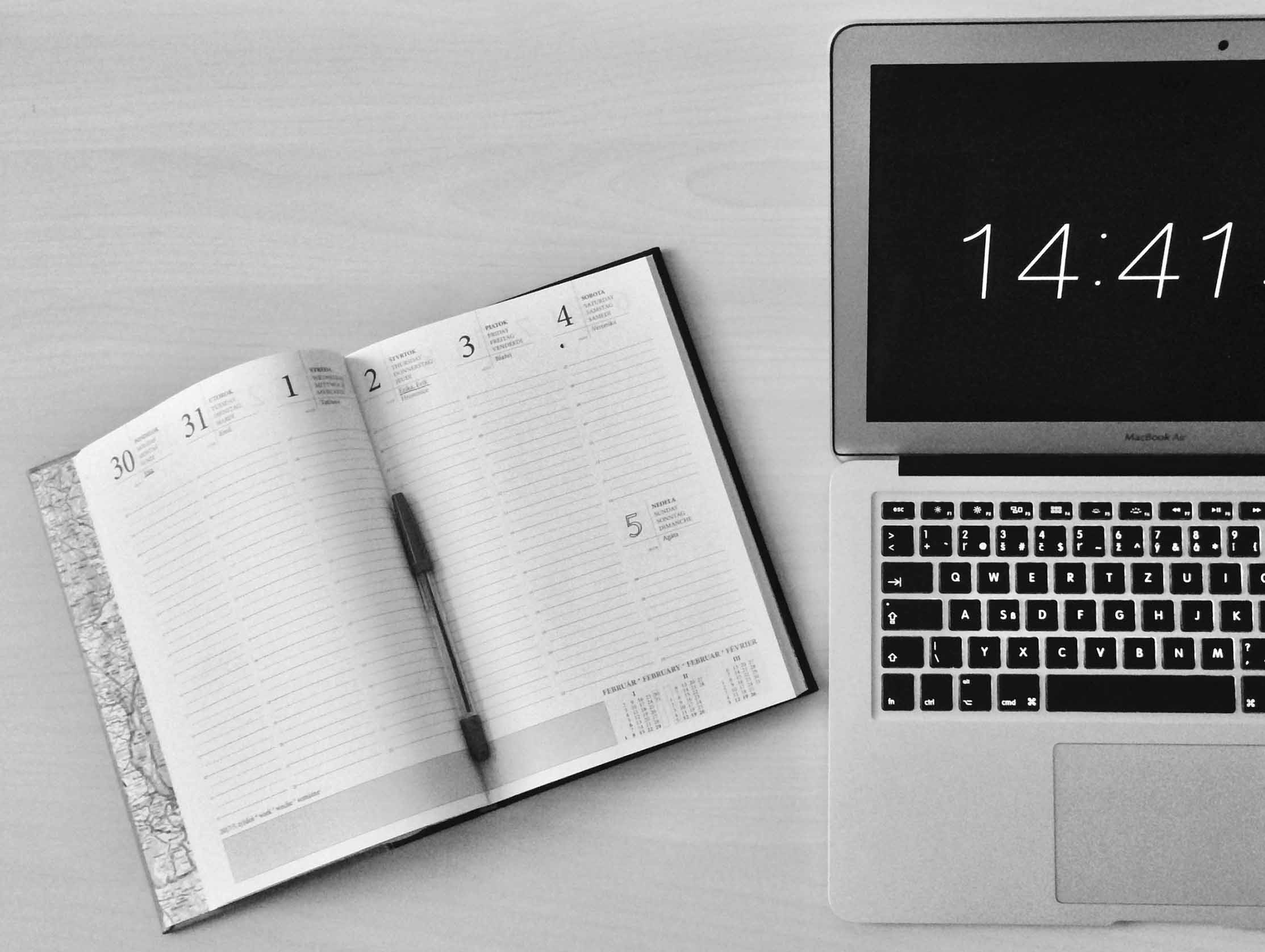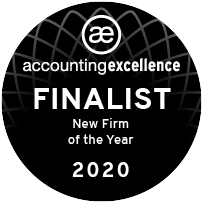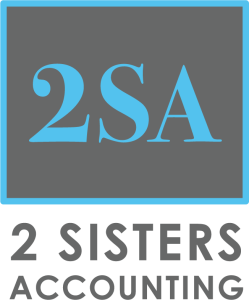One of the benefits of being a sole trader and working for yourself is you don’t have tax deducted from every payment you receive. Instead of having tax deducted via the PAYE system like usual workers you pay it via the self assessment system.
As a self-employed worker, you will complete your first self assessment tax return by the 31st January following the end of your first tax year. The tax year runs from 6th April to 5th April.
For example if you started as a sole trader in July 2020 your first tax year would be April 2020 to April 2021. Therefore you’d have to complete your first return by 31st January 2022.
Payment on account
Unfortunately, if your Self Assessment bill is more than £1,000, you’ll need to make payments on account, and this very often comes as a shock for sole traders when they get their first self assessment bill.
This means that, in addition to the 2020/21 bill that you need to have paid by midnight on 31st January 2022, you also need to pay half of your total expected 2021/22 tax by the same deadline.
The other half of the 2021/22 bill is then due on 31st July 2022.
HMRC do this to make sure that self-employed workers aren’t able to make gains by paying their tax many months after the income has been earned. This does unfortunately mean for many self employed people that they have a bill twice the size they were expecting.
However, if more than 80% of your income gets taxed through PAYE, then this won’t apply to you.
Late-payment penalties
The additional amount due as payments on account can catch a lot of people by surprise as it is not widely known about outside of the self assessment system. If you’ve been expecting a tax bill of £5,000, being told there is an extra £2,500 to pay towards your first payment on account may simply be impossible.
If you can’t pay the whole tax bill by 31st January, you are likely to face interest charges on the outstanding amount.
As soon as you become aware that you might not be able to pay the entire amount, let HMRC know so you can discuss your options with them.
Adjusting the payment
The size of the payments on account is based on your tax bill for the previous tax year. HMRC assumes that you will continue to earn at the same rate and, therefore, you’ll pay roughly the same amount of tax in the following year.
If you’re going into full-time work or know that your income will significantly drop, you might be able to reduce your payment on account. If you reduce the payment and then end up underpaying tax as a result, HMRC can charge you interest and possibly penalties.
The best course of action to avoid nasty surprises with payments on account is to complete your self assessment as soon as possible after April so you have plenty of time to find the additional money! If you want help with this, book in a call with us to discuss how we can help.
